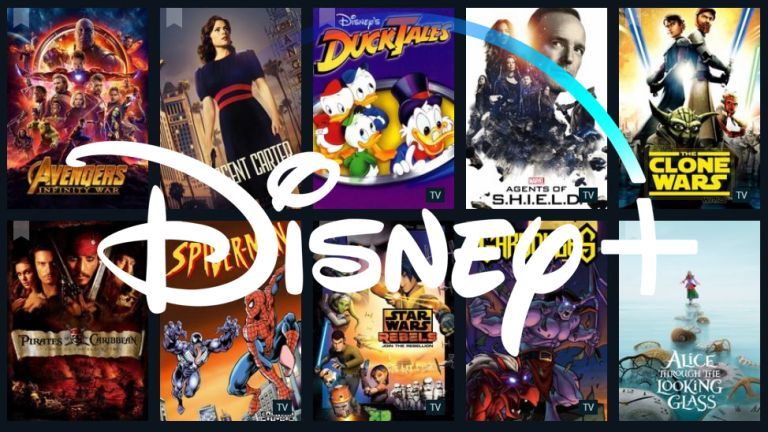
Just seven months after Disney Plus launched its discounted, partially ad-supported plan, about 19% of the streaming service's U.S. customer base now uses it.
Meanwhile, Netflix, which launched its Netflix Basic With Ads in early November, now counts 11% of its domestic customers on the plan.
The impressive uptake figures come from a recent survey of 2,506 adults jointly conducted by Samba TV and HarrisX. The data strongly supports the boastful messaging from both Netflix and Disney Plus about their advertising-supported tiers,
“On average, more than a quarter of our signups now choose the ads plan in countries where it's available,” Netflix co-CEO Greg Peters said in a recent virtual presentation to advertisers.
The findings also jibe with other recent research company findings, including a report published late last month by Antenna.
Netflix has nearly 75 million customers in the U.S. and Canada. Of the large chunk of American members who now use the $6.99-a-month Netflix Basic With Ads, only 15% of them were existing users who downgraded their subscription-only packages, according to the Samba/HarrisX survey
Similar to Netflix, only 15% of Disney Plus' ad-tier customers downgraded from a previous subscription
NEXT TV NEWSLETTER
The smarter way to stay on top of the streaming and OTT industry. Sign up below.
According to the survey, 60% of respondents said they would consider the switch to streaming with advertisements if it meant a discount on the service.
Also read: Amazon Prime Video Planning To Join Ad-Supported Wave
However, the primary advantage of ad-supported streaming is not its ability to catch those consumers who can no longer afford more expensive subscriptions, but instead to harness those who were previously either unable or unwilling to pay for the higher tiers. They can now be converted into customers.
Samba and HarrisX also found that 52% of Disney Plus subscribers with ad-free services would keep their subscription regardless of a potential price increase, while 18% would switch to a cheaper, ad-supported tier. Fourteen percent of respondents say they are unsure what they would do, and 16% say they would cancel altogether.
Netflix had marginally higher customer loyalty, with 55% of subscribers saying they would keep their subscription if the price increased, 19% indicating they would switch to a cheaper tier with ads, 14% saying they were unsure, and 12% saying they would cancel the service altogether.
For as many as half of Disney Plus and Netflix’s current ad-free subscribers, price is clearly less relevant than the simple fact that there are no advertisements, and thus ad-free tiers provide an opportunity for streaming services to market to a broader base of consumers, increasing potential viewership and revenue in spots they would previously have missed entirely.
Among those who do choose to pay for ad-supported streaming, Samba and HarrisX's survey indicates that 22% rate advertisements as highly disruptive, while another 18% call them minimally disruptive. The other 60% said there was no difference between ads on streaming and any other advertising based programming.
“We can expect the rest of 2023 to focus on the ad-supported tier,” said Ashwin Navin, co-founder and CEO of SambaTV, in a statement. “Ad-supported options represent a path toward more subscriber growth and the overwhelming majority are net-new, rather than downgrading from existing Netflix plans.”
Jack Reid is a USC Annenberg Journalism major with experience reporting, producing and writing for Annenberg Media. He has also served as a video editor, showrunner and live-anchor during his time in the field.
